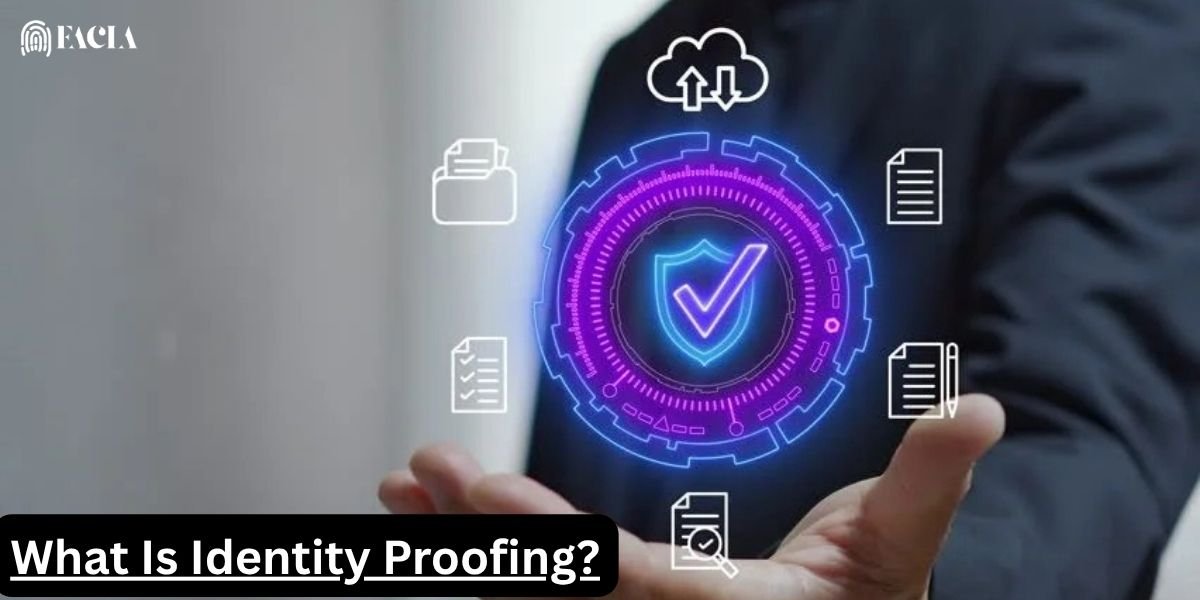Introduction:
Have you ever wondered what a retailer or security guard is looking at when you hand them your ID? These days, IDs contain hidden information that machines can read in addition to your photo. As technology becomes stronger at identifying fraudulent identification, it also facilitates the creation of authentic ones. Such activity is more prevalent than you may imagine, from criminals using fake IDs for severe crimes to students attempting to enter restaurants and bars. Understanding how false IDs operate shows how dangerous and complex modern technologies can be.
Scannable IDs:
Scannable IDs are identification documents that can be read and verified by electronic scanning devices. These IDs contain encoded information in the form of barcodes or magnetic strips that can be quickly processed by ID scanners. Date of birth, living status, and license status are among the frequently included characteristics on scannable IDs, which assist in rapid validity verification.
Scannable IDs Work:
A 2D barcode seen on most scannable IDs holds data such as the holder’s name, birthdate, address, and ID number. This information is taken out and compared to the written information on an ID when it is scanned. The majority of entry-level ID scanners only verify that the barcode data is structured effectively without linking it with approved databases.
ID verification and Fraud Prevention:
Real IDs include several security features to prevent fraud.
- Barcodes
- Holograms
- UV features
- Unique card design
- Tactile Elements
Modern AI-based scanners are able to identify small variations in these characteristics, which makes it more difficult for fraudulent IDs to avoid detection.
Scannable Fake IDs:
Fraudulent identification cards that are able to pass electronic verification by scanners are known as scannable fake IDs. They frequently have data encoded in what look to be authentic barcodes or magnetic strips. Criminals frequently misuse these IDs for illicit activities, while youths often use them to enter establishments with age restrictions. Even if they appear authentic, advanced scanning methods may pick up errors or unreliable information.
Role and importance of ID scanning:
ID scanning software creates an electronic queryable, and understandable-by-humans version of the data by taking information from identification papers like ID cards, passports, or driver’s licenses. Compared to manual identification checks, it is quicker and more accurate. Additionally, a verified record of ID checks and their justifications has been built in by automated ID scanning.
ID scanning is an example of computer vision in action. Visual computing is the subfield of computing that gives computers the ability to “see” and make sense of the visual environment.
The techniques utilized in the huge subject of computer vision depend on the use case and the kind of data that is collected and analyzed. Computer vision includes barcode scanning, picture recognition, and text recognition (sometimes known as optical character recognition, or OCR).
Technology behind Scannable Fake IDs:
Scannable fake IDs can avoid simple ID scanners by using advanced software that converts actual information into 2D barcodes or magnetic stripes (such as in WF417). The scanned information fits the printed information since high-quality fakes also duplicate the design and style of actual IDs. Some elements are following.
Copying Official Details:
A scannable fake identity card is one that duplicates the essential characteristics of a real identification document. One of the primary targets of fraudsters is the reproduction of the two-dimensional barcode that may be seen on the reverse side of genuine identification documents. This feature makes it possible for the fake identification to be scanned and processed by the commonly used verification software, which has the capacity to mislead simple systems.
High level Fake Production:
For the purpose of producing realistic copies, current fake ID makers make use of modern technology. The reproduction of security features such as holograms and watermarks is achieved through the application of high-quality printers and materials. There are even some that code fake information in magnetic strips, which further enhances the sense of authenticity when the strips are scanned.
Scannability Complications:
The majority of the time, modern verification methods are able to identify fake IDs, even if they pass basic tests. With these systems, many levels of security are analyzed, data is compared with official databases, and tiny abnormalities in formatting or encoding are inspected for any possible weaknesses. With this, organizations need to regularly upgrade their verification processes to keep one step ahead of criminals as fake methods continue to advance.
Recognized real & fake scannable IDs:
You have to examine the digital information in the barcodes or magnetic strips as well as the physical characteristics of the scannable ID. Advanced scanners and verification software compare this data to official records to identify any variations or indications of fraud that may have occurred.
Protective Elements:
While analyzing scannable IDs, it is essential to have a basic understanding of the advanced security strategies built into valid papers. Authentic identification documents generally have complicated holograms that alter their appearance when seen from different angles, but fake ID documents sometimes lack holograms or have low quality. Authentic IDs also make use of laser embossing, which allows for the creation of raised graphics or text that is readable and alters color when exposed to light. In contrast, fake IDs may have embossing that is blurred or unclear.
Material Check:
The identification card may be physically examined, which can reveal important data regarding the card’s authority. Analyze whether there is raised text or images, and examine the texture and thickness of the card. A laminate that is applied in a smooth manner and is transparent covers the full surface of real IDs, whereas fake ID cards may have a laminate that is done poorly; it might result in uneven coverage or bubbles.
Digital Verification Method:
Using technology may be very helpful in accurately differentiating between real and fake scannable IDs. While advanced technology may identify advanced front and back fake IDs by running the data through a database, basic ID scanners can assist in identifying fake IDs. Employing a black light to check for UV-sensitive security components can reveal features that fraudsters find challenging to accurately copy.
If you combine these strategies, you will be able to considerably increase your capacity to differentiate between actual and fake scannable IDs. These steps will ensure that fake IDs are properly discovered and prevented from being used for illegal transactions.
Conclusion:
As you now know, scannable fake IDs use modern technology to duplicate real IDs. Verification systems designed to detect fake identification are evolving alongside the methods used by criminals. Businesses, law enforcement, and citizens all need to understand how these fake IDs operate. By keeping up with the most recent advancements in scanning technology and ID security features, you can better safeguard your company and yourself from the dangers of fake identity. In the end, being watchful and having strong verification procedures in place is the only way to stop the use of scannable fake IDs in the current digital era.
Explore More:
| What is Liveness Detection and How it Counters Digital Fraud in 2025 | Iris Recognition Technology – A Complete Guide to Secure Authentication |





